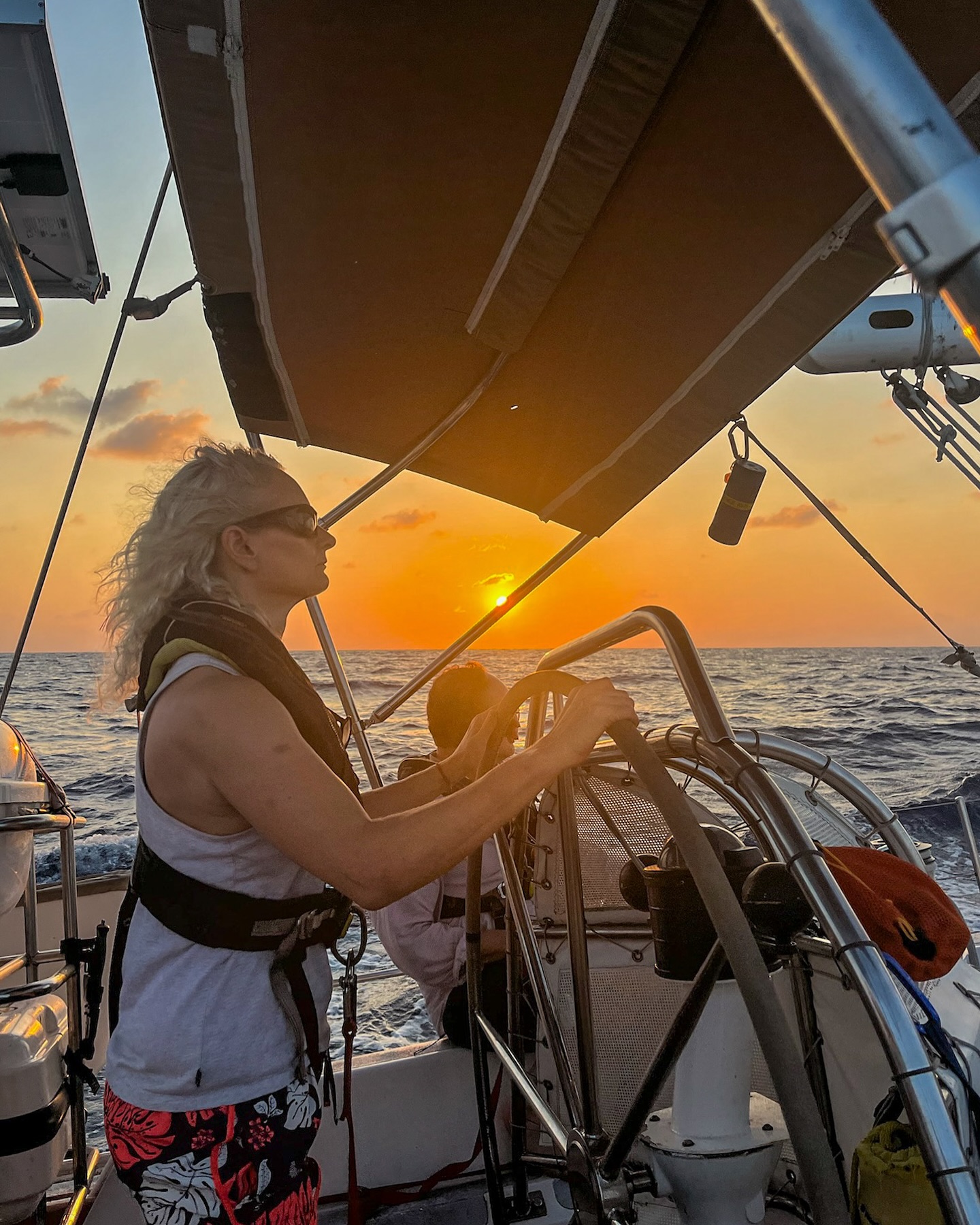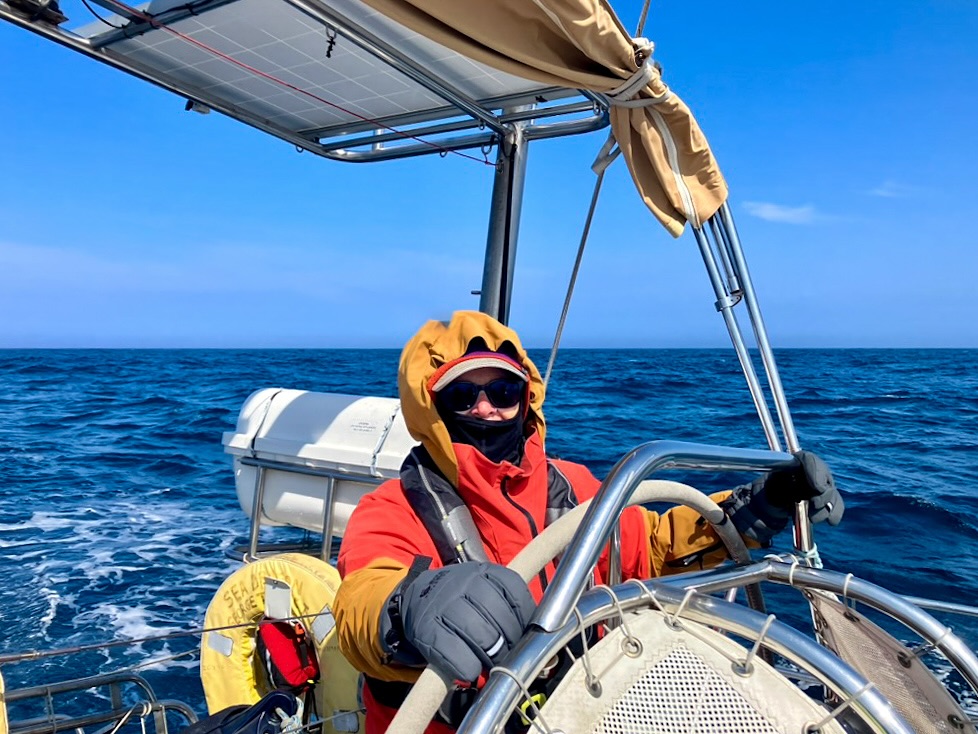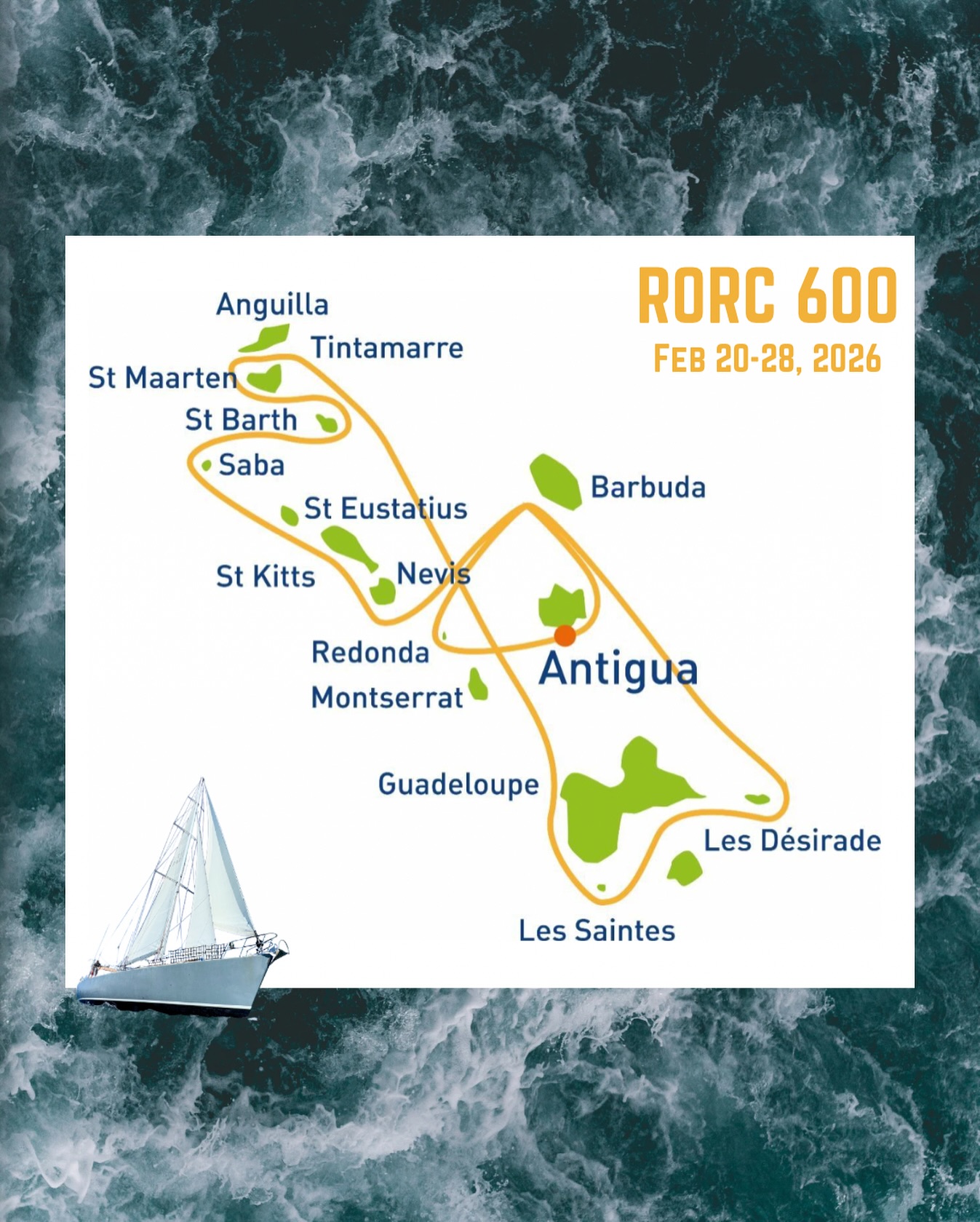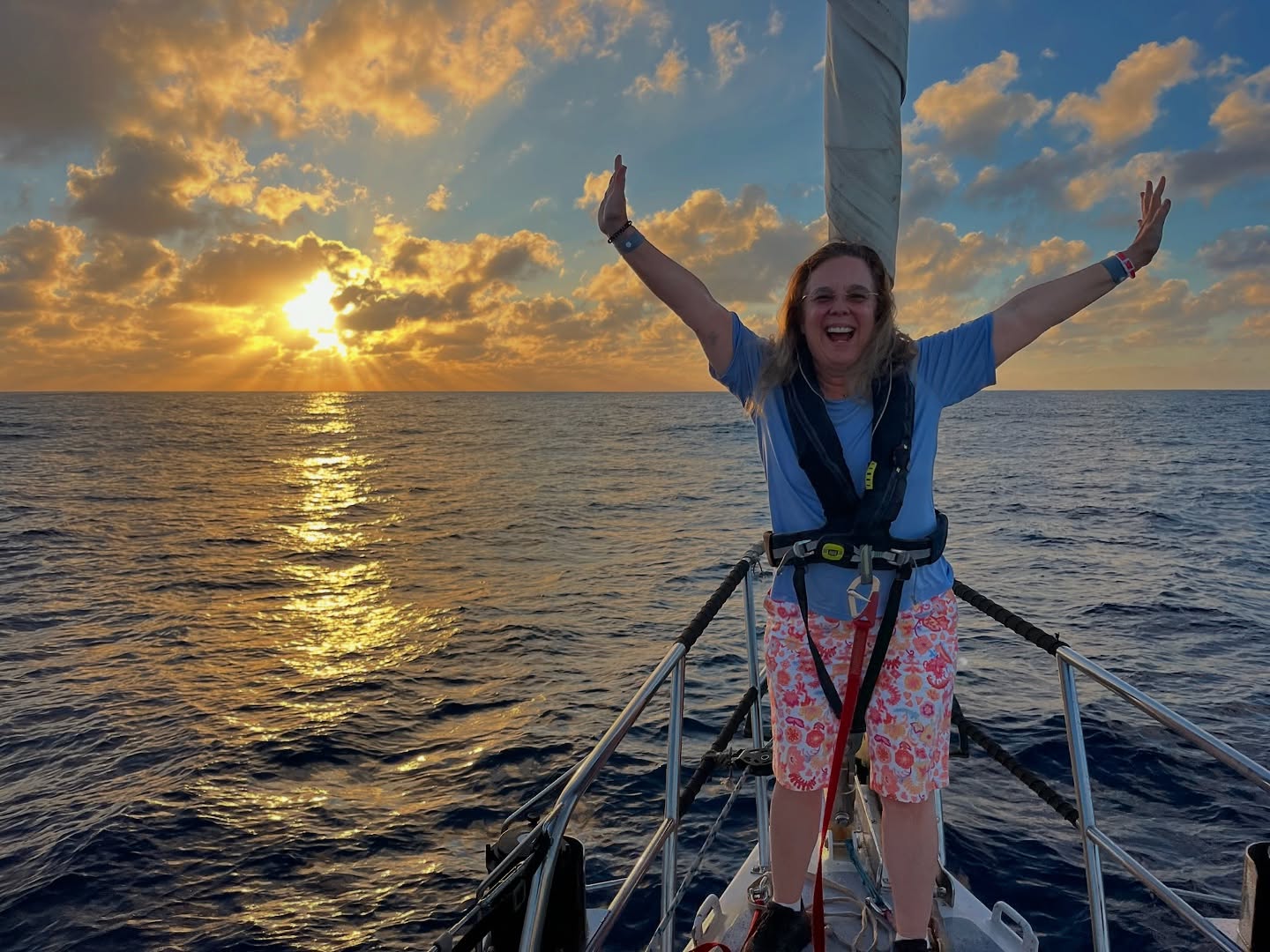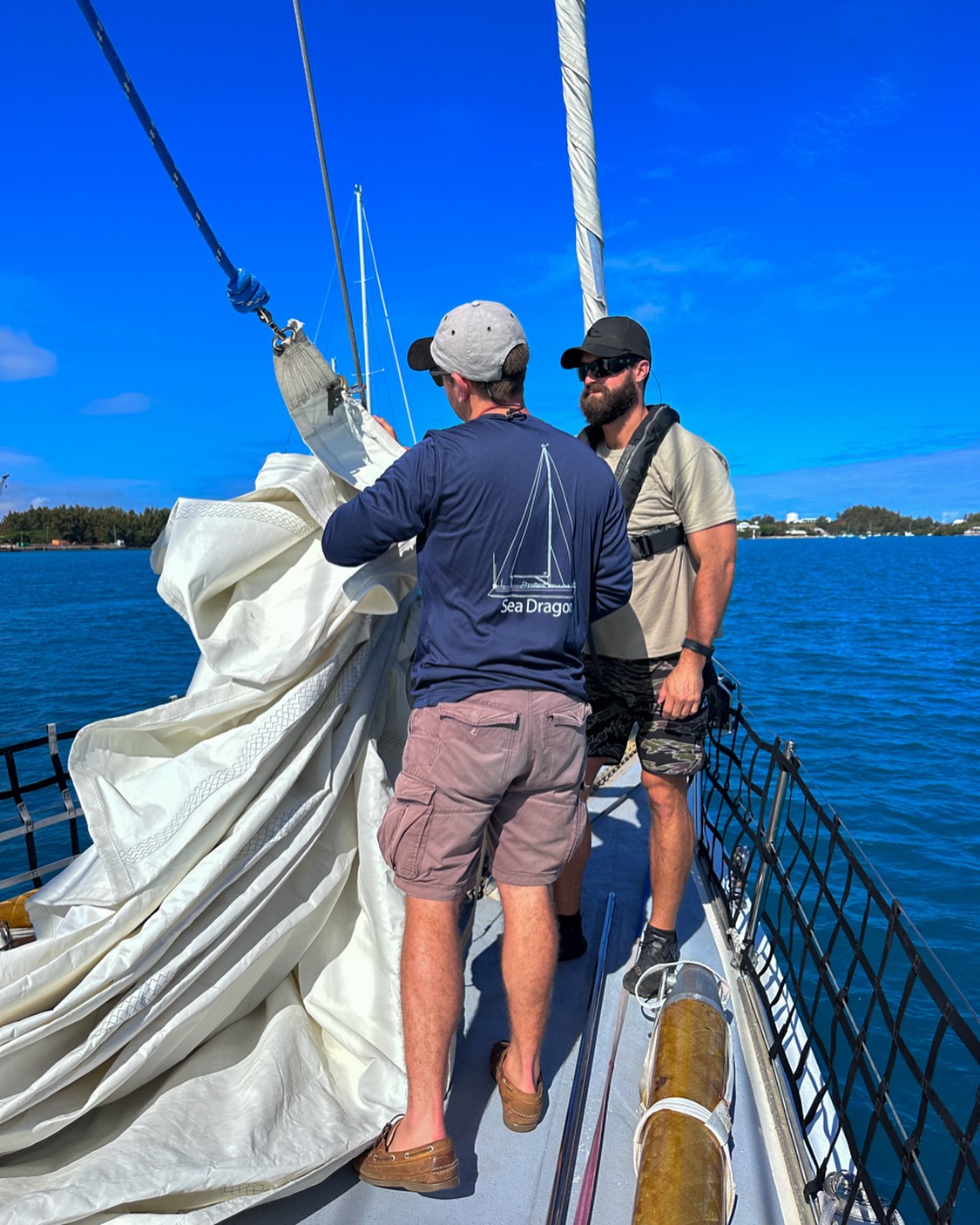
Asta Mail
Great Lakes Expedition Coordinator
asta@panexplore.com
February 25, 2013
Last weekend, the crew of Pangaea spent the weekend showing the world the Sea Dragon at the Miami Boat Show and Strictly Sail.

Figure 1 The crew of Pangaea chats with the many guests of the Miami Strictly Sail show February 14-18, 2013.
As a new member of the Pangaea crew, I was thrilled to talk about our organization with the many kind, interesting people who came to visit. From hardy adventurers, to day cruisers, and even people experiencing whole new world of nautical fun, we met an incredible assortment of people. We heard their stories while telling them ours.
 One moment in particular really struck me while at the boat show. It inspired me to really consider what Pangaea was truly discovering with their work.
One moment in particular really struck me while at the boat show. It inspired me to really consider what Pangaea was truly discovering with their work.
A lovely woman from Toronto came aboard the Sea Dragon. As I guided her around the galley, she mentioned to me that she ran a resource conservation organization. Our conversation was very interesting. As I guided her about the boat, blathering on as per usual, I unthinkingly reached for my drink from lunch.
As I lifted my chin to sip (and tried not to dribble on myself in front of my guest), I froze. There I was, talking to an environmental activist, on board an environmental research vessel studying plastics…and drinking from a plastic, single use bottle.
The hypocrisy of the moment was evident, as was my sudden onset embarrassment. “Way to be the change, Asta”, I thought to myself. I looked around our elegant galley, and felt trapped. Not by the boat, or by the situation I had unwittingly put us both in. At that moment, I felt trapped by plastic.
Plastic is everywhere. We use it constantly, and it is almost unavoidable. Since this moment happened, I have been able to stop thinking about the amount of plastic we use without thought, almost every day. Yes, even us environmentalist “save the world” types use plastics, and I realized we all ought to know better.

Another one bites the dust. Sierra club image.
If you think about the plastic we use as a society, you’d be pretty shocked. Americans discard 33.6 million tons of plastic per year.

To give you an idea of how much that really is, I looked up the heaviest thing I could think of off the top of my head. The Empire State building in New York weighs an approximate 365,000 tons. The amount of plastic we consume per year weighs approximately the same as 92 Empire State buildings.
Many of us use the “out of sight, out of mind” motto to avoid thinking too much about plastic in our lives The problem with plastics is however that even though they may be out of your mind, they are not out of your world.
Americans use more than ½ a billion water bottles every week, more than enough to circle the globe five times. I learned of this shocking number from a short film made about plastic bottle use, from the Story of Stuff project. Check it out here:
The Empire State Building. Wikipedia Commons Photo.
 Screen shot from the Story of stuff. For more, go to www.storyofstuff.org.
Screen shot from the Story of stuff. For more, go to www.storyofstuff.org.
What is saddest about our staggering level of plastic use is that it is unnecessary. In most communities, drinking water is free or very inexpensive, and of similar quality to packaged products. Despite this, every day people buy and consume water from plastic bottles, without ever considering what happens to the bottle itself.

Plastics; are they really recycled? Image from www.banthebottle.net.
So, what does happen to that plastic bottle, anyway? Of the 33.6 million tons, only about 6. 5% of this material gets recycled. Another 7.7% is burnt to create energy. But that leaves 85.8% of plastic pollution every year, just sitting in landfill facilities. If the plastic doesn’t end up in these facilities, natural processes carry the waste away.
Having spent the weekend with Carolynn Box of the 5 Gyres Research Institute, I learned a lot about where plastic ends up in the ocean. We showed guests on board the Sea Dragon samples taken from the 5 subtropical gyre areas of the planet, places where currents and wind flow gather plastic pollution en masse.
As I thought more about this issue and discussed the Great Lakes expedition with Carolynn and the guests, I started to wonder; are plastics building up in the lake water too?
Turns out that the answer is sadly yes. The 5 Gyres institute partnered with SUNY Fredonia University last summer to study plastics pollution in the Great Lakes. Led by Dr. Sherri Mason, a student research team discovered that the lakes had plenty of plastic in them. Lake Eerie in had the highest concentrations of plastic pollution of any water body in the world.

Figure 3 Plastic Pollution in Lake Eerie. Photo by Lynn Ischay of the Plain Dealer.
The plastic found in the lakes last year wasn’t mostly whole plastic bottles, or even large chunks of plastic. It actually built up from tiny particles, known as micro plastics. Micro plastics are created by the degradation of larger pieces of plastic, or for abrasive products that utilize plastic beads. These tiny particles are worrisome because they could potentially litter our beaches, and disrupt the food chain of the lakes. Read more about what the 5 gyres research discovered here.
So what are we going to do about it? How are we going to tackle this issue?
This is a question that the world is only beginning to understand.
What I learned from last week’s beverage blunder was that we all must take responsibility for our use of plastics. Each of us contributes to the plastic pollution that is clogging our lakes and oceans, but each of us can contribute to fixing this problem. It’s about personal decisions, as well as action as a society.
The situation is pretty bad right now. However there is hope. Stay tuned the blog for more information on what we are doing to slow the cycle of plastic pollution, and learn how you can get involved.
References:
Blackwell, B. June 19, 2012. “Plastic Pollution Study to be conducted on Great Lakes for first time”. The Plain Dealer, published online on Cleveland.com.
http://www.cleveland.com/metro/index.ssf/2012/06/plastic_pollution_study_to_be.html
Blackwell, B. December 29, 2012. “Record Levels of Plastic pollution found in Lake Eerie.” The Plain Dealer, published online on Cleveland.com.
http://www.cleveland.com/metro/index.ssf/2012/12/record_levels_of_plastic_pollu.html
Cho, R. January 31, 2012. “What Happens to All that Plastic?” State of the Planet Blog Article. The Earth Institute, Columbia University.
http://blogs.ei.columbia.edu/2012/01/31/what-happens-to-all-that-plastic/
Neddo, B. July 16, 2012. “Dr. Sherri Mason leading first-ever Great Lakes Plastics Survey.” Fredonia University Article. Published online.
Ellsbury, H. May 31, 2012. “5 Ways you can Help reduce Plastic Bottle Waste” Ban the Bottle article.
http://www.banthebottle.net/articles/5-ways-you-can-help-reduce-plastic-bottle-waste/
The Story of Stuff Project. March 17, 2010. “The Story of Bottled Water”. Youtube video.












